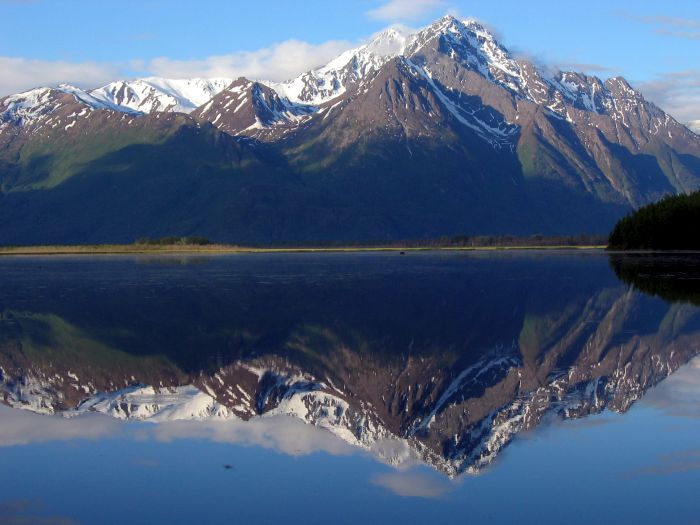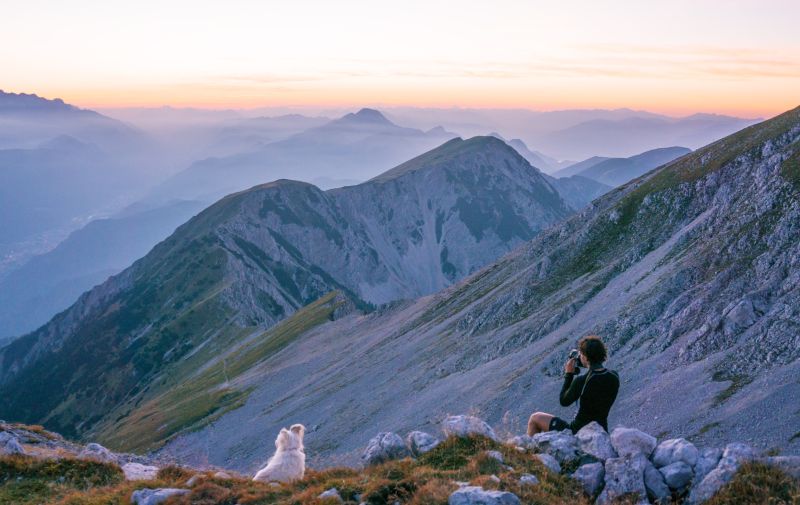There’s nothing worse than visiting somewhere spectacular and coming home with photos that are poor at best. You gather your family around who are excited to take a look at the amazing trip you’ve been on, but your adventure photography skills just don’t do it justice. If you’re anything like me, then you’ve managed to take photos with your finger in the frame, your subjects are looking a little blurry and you didn’t manage to get any photos of the summit because your camera batteries ran out. Excellent work.
So, to help us with our photography blunders, we spoke to outdoor photographer Rosie Joy, who gave us her 10 top tips for adventure photography…

1. Warm your batteries
Cold weather drains battery power very quickly, so always take spares. Keep extra batteries somewhere warm such as inside your gloves or in an inside coat pocket.
2. Acclimatise your kit
Photography in cold climates plays havoc with your camera and lenses. When coming indoors from the cold, leave your camera bag in the porch or garage for a couple of hours to prevent condensation forming before bringing it inside.
3. Shoot early and late
Landscape images are best shot very early or just before dusk when the sun is low. It means there is rich colour in the sky and plenty of shadow detail to rake across the land and highlight the texture. Shooting at midday when the sun is at its highest results in washed out images with little detail.
 Photo: Beverly & Pack
Photo: Beverly & Pack
4. The Northern Lights
Here’s a quick checklist for capturing Aurora Borealis: shoot in RAW file format so you can alter your exposure settings post shoot. You will need to shoot long exposures, which means selecting a long shutter speed of around 15 seconds and using a tripod to keep your camera steady. Pick a high ISO number such as 1600. Review and tweak your settings after each shot.
5. Perfect reflections
A great reflection relies on still water, great colours and a perfectly straight horizon line. Shoot at dawn or dusk when conditions are normally calm and the colours in the sky are punchy and bright. Use a tripod to avoid a wonky horizon.
6. Keep your whites white
In snowy conditions your camera’s meter will try to compensate for the brightness and lack of detail by rendering your image grey. Combat this by using your exposure compensation dial and increasing it to +1 or +2 to help keep your snow looking bright white.

7. Freeze wildlife
Wildlife is often fast moving and unpredictable so give yourself a head start by setting your camera to continuous shooting mode to take multiple shots in rapid succession. Alternatively, set your shutter speed to a high number such as 1/160sec to help freeze your moving subject and eliminate blur.
8. Composition rules
For a well-balanced shot every time, use the rule of thirds. Simply visualise a grid divided into thirds both vertically and horizontally. Place your subject or the key part of the scene on one of the intersecting points for the most pleasing composition.
9. Keep it steady
A tripod is key if you plan to shoot in low light. It enables you to keep the camera steady and use longer shutter speed to capture beautiful sunrises and sunsets. Choose a lightweight, portable model such as the Manfrotto Befree.

10. Stay alert
It’s easy to become so zoned into the photo you are composing that you forget about everything else around you. In the land of grizzly bears, it pays to work quickly and keep an eye on your surroundings at all times.
Who’s writing?
Rosie Joy is a writer, photographer and outdoor lover. She is the former editor of Digital Photographer magazine and now works for outdoor adventure company Land & Wave, based on the Jurassic Coast in Dorset. She spends much of her time jumping into the sea and photographing exhilarating outdoor activities such as coasteering, rock climbing and sea kayaking. Visit www.landandwave.co.uk for more information about outdoor adventure in Dorset.



